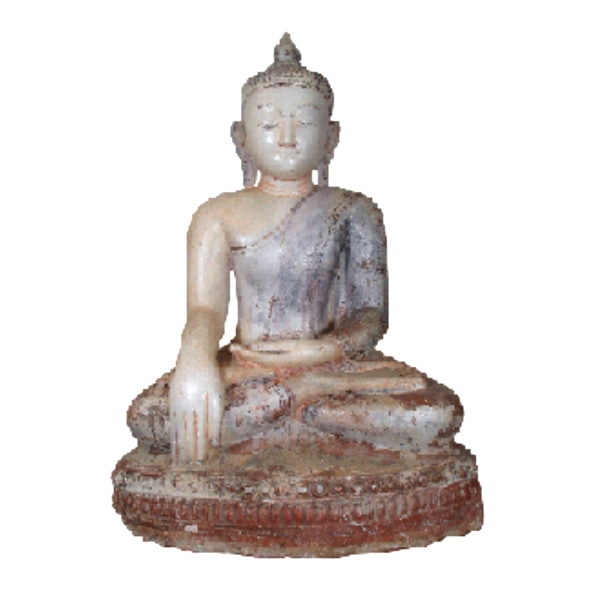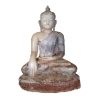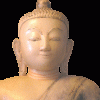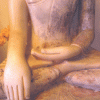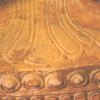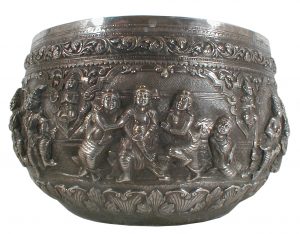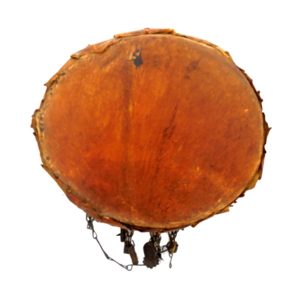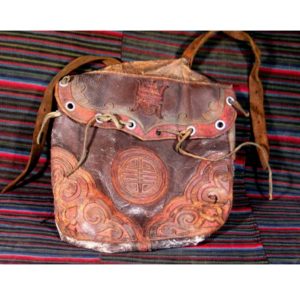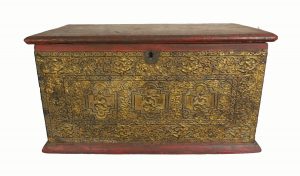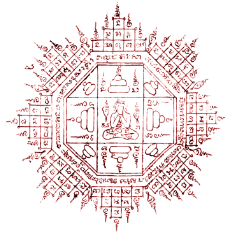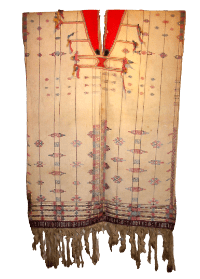Description
| Catalog #: People: Region: Type: Material: Dimensions: Condition:Price: Description: |
OASMB004 Shan Burma Marble Buddha Marble and pigments 31 in. height X 20 in. wide X 14 in. deep Very good, small crack in the head finial. Small scratches around the base and pigments are wearing due to age. Email for price quote. This Buddha image is made with classic markings from the Ava period (1287-1752) and holds characteristics shown in Shan Buddhas from the same period. The Shan began to migrate into central Burma during the Mongolian invasion into Yunnan China. They gained power and established their kingdom in Ava between the years 1287and 1555, when they were defeated by Tabin-shwei-hti, a Burmese ruler from Taung-ngu. Marble Buddha images began taking hold during the Shan’s rule. Marble that was being mined in Kyauk-hse and Saging was then sent to the carvers in Ava by boat via the Irrawaddy River. There the carvers broke from Pagan styles and developed a newer style of Buddha that had a larger head in proportion to the body. A rounder fuller face, ears touching the shoulders, high eyebrows, onion shaped finial with hair knots, small more-pointed nose, half closed eyes, thin lips with a moonfaced smile and equal length fingers in the bhumisparsa mudra that has one hand touching the throne and the other facing up on the lap. The bhumisparsa mudra was the preferred position of marble Buddha images during this time period. The legs are crossed in the taung-nsu position. The hair knots and finial of this Buddha were originally covered with brown lacquer that has now almost disappeared. The upper body robes have a purplish hue to them; the original pigments having penetrated the marble to give it a purple iridescent quality. The purple color was originally covered over or was laid on top of a layer of brown lacquer, which in turn was gilded over with gold. The lower body and throne were at one point covered with red and brown lacquer and with gold as well, traces of which can still be seen. New markings were made by orange pigments, to accentuate the details. |

